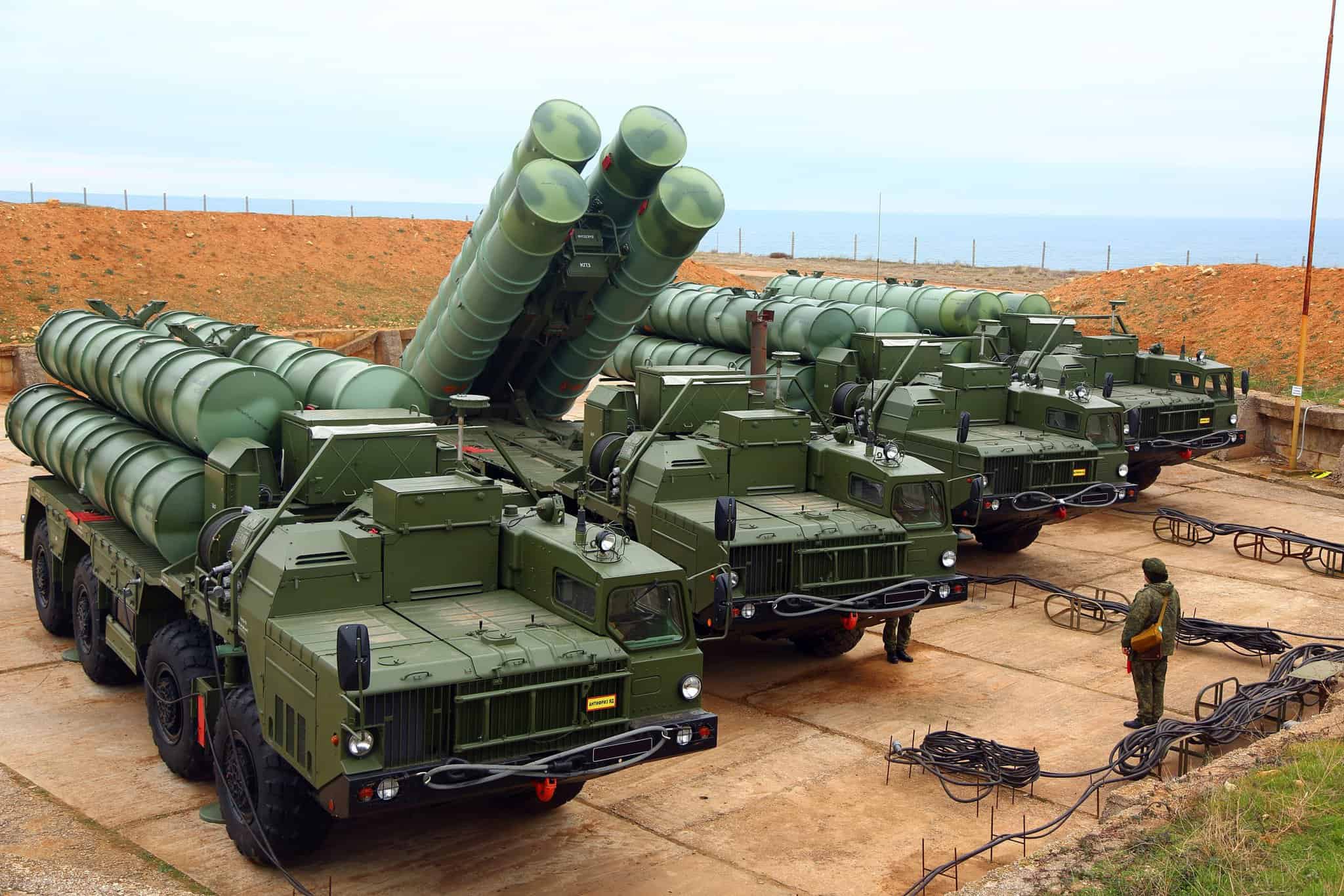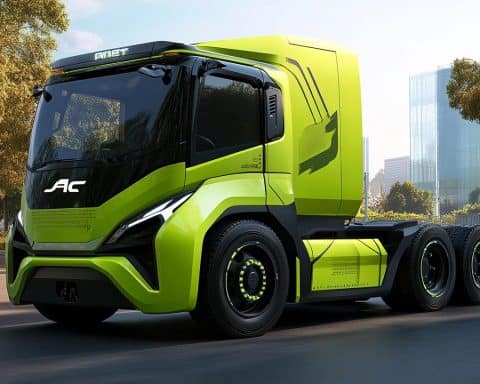- The JS Kaga is transforming into a “Lightning Carrier” capable of launching F-35B fighters, enhancing Japan’s naval strength.
- Japan’s strategic alliance with the United States is fortified as they collaborate on maritime defense initiatives.
- The ship’s upgrades include a heat-resistant flight deck and enhanced lighting for night operations.
- Japan plans to receive 42 F-35B jets, integrating advanced technology with its naval forces.
- Japan’s naval advancements aim to reduce regional tensions by securing shipping lanes and stabilizing economic interests.
- Global collaborations, drawing from U.K. and Italy’s experiences, play a crucial role in shaping defense strategies like the GCAP.
Japan’s naval landscape is witnessing a seismic shift as the JS Kaga evolves from a conventional helicopter carrier into a cutting-edge “Lightning Carrier,” equipped to launch the stealthy F-35B fighter jets. This revolutionary change, underway off California’s coast, not only marks a milestone in Japan’s maritime defense force but also strengthens its strategic ties with global allies, particularly the United States.
Marvel at the Advancements! The JS Kaga, along with its sister ship JS Izumo, now boasts a heat-resistant flight deck and enhanced lighting, priming it for night operations. These modifications come as Japan readies to receive the first of its 42 F-35Bs, blending state-of-the-art technology with maritime prowess.
Strengthening Alliances—The Bigger Picture This transformation is more than an upgrade; it’s a crucial maneuver to deepen Japan’s tactical bond with the U.S. By working alongside American naval forces, Japan aims to establish a robust defense strategy in the ever-volatile Indo-Pacific region, broadening the operational horizon for both nations.
Beyond National Borders, Extending Hands Globally This evolution signals a broader collaboration, with insights drawn from the U.K. and Italy’s F-35B experiences. Such global partnerships are pivotal in shaping innovative defense strategies, like the Global Combat Air Programme (GCAP).
Implications for the World With Japan fortifying its naval capabilities, the potential for reduced regional tensions in the Indo-Pacific emerges, safeguarding vital global shipping lanes and stabilizing economic interests across the globe. However, this shift rekindles historical debates about Japan’s military expansion, challenging its pacifist roots amid rising regional power dynamics.
As Japan sails forward with this ambitious maritime vision, the JS Kaga stands as a beacon of global defense innovation, hinting at reshaped alliances and reaffirmed international collaborations in the face of modern warfare’s demands.
Unveiling the Future of Naval Power: The JS Kaga Revolutionizes Japan’s Defense Strategy
What are the key innovations in the JS Kaga’s transformation into a “Lightning Carrier”?
The JS Kaga’s transformation into a “Lightning Carrier” includes several state-of-the-art innovations designed to enhance its operational capabilities:
1. Flight Deck Modifications: The deck of the JS Kaga has been reinforced with heat-resistant materials to withstand the intense heat generated by the vertical take-off and landing of F-35B fighter jets. This modification supports extended operations and improves the vessel’s versatility in varied combat scenarios.
2. Advanced Lighting Systems: Enhanced lighting systems have been installed to facilitate night operations. This allows the JS Kaga to remain operational 24/7, maximizing its deployment capabilities and readiness.
3. Integration of F-35B Fighter Jets: Japan is poised to integrate its fleet of 42 F-35B aircraft into naval operations. The ability to operate these advanced stealth fighters significantly increases the offensive and defensive potential of the Japanese Maritime Self-Defense Force (JMSDF).
These innovations collectively position Japan as a formidable maritime power while contributing to its strategic defense advancements.
How does the JS Kaga’s transformation affect Japan’s alliances and regional defense strategies?
The JS Kaga’s evolution significantly impacts Japan’s defense alliances and its strategic posture in the region:
– Strengthening U.S. Partnership: By aligning its naval capabilities with those of the United States, Japan fortifies its strategic alliance, enabling more coordinated and effective joint operations. This strengthens the defense architecture of the Indo-Pacific region against possible threats.
– Collaborative Learning: Japan draws valuable lessons from the experiences of other nations, such as the U.K. and Italy, regarding F-35B deployment. This learning exchange enhances collaborative defense strategies and contributes to initiatives like the Global Combat Air Programme (GCAP).
– Regional Stability: The JS Kaga’s capabilities serve as a deterrent to regional tensions, signaling Japan’s commitment to maintaining peace in key shipping lanes and economic zones. However, it also revives historical debates on military expansionism, thus requiring careful diplomatic navigation.
What are the broader implications of the JS Kaga’s evolution for global shipping and economic interests?
The transformation of the JS Kaga holds substantial implications for global shipping and economic stability:
– Protection of Shipping Lanes: With enhanced maritime capabilities, Japan plays a pivotal role in ensuring the security of critical global shipping routes in the Indo-Pacific region, protecting trade and economic flows vital to global markets.
– Economic Impact: The stability provided by this strengthened maritime presence can lead to a more predictable and secure economic environment, promoting investment and growth in a region that is crucial to global commerce.
– Global Defense Cooperation: As Japan continues to modernize its naval forces, there is potential for deeper international defense cooperation, which could foster peace and prosperity on a broader scale.
For further insights into Japan’s evolving naval strategy, visit the official Japan Maritime Self-Defense Force website at Japan Maritime Self-Defense Force.

















